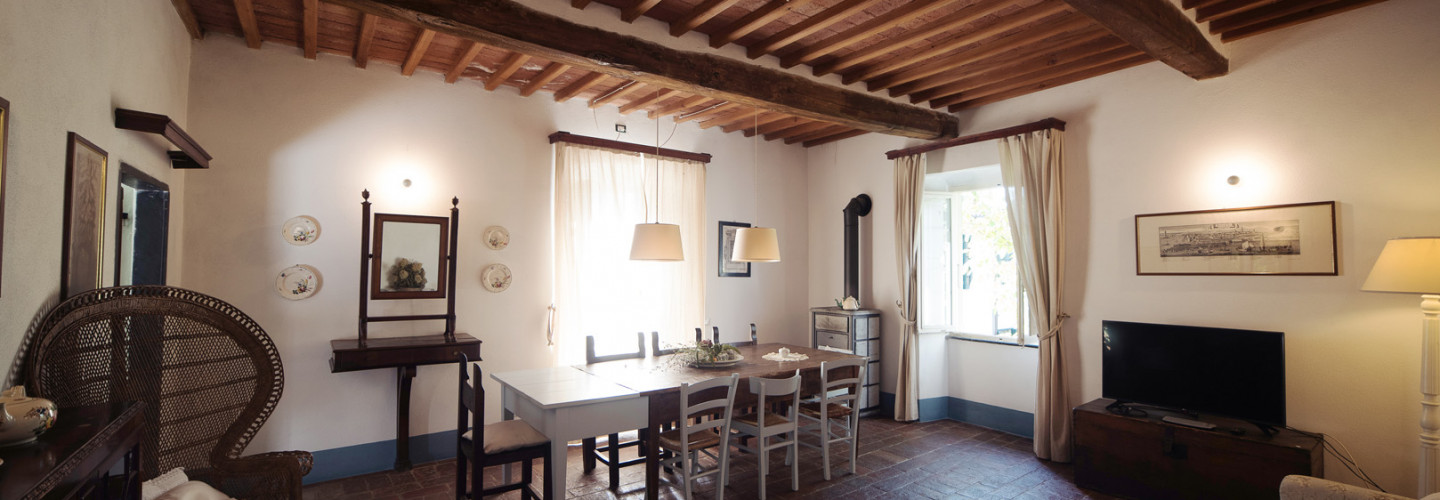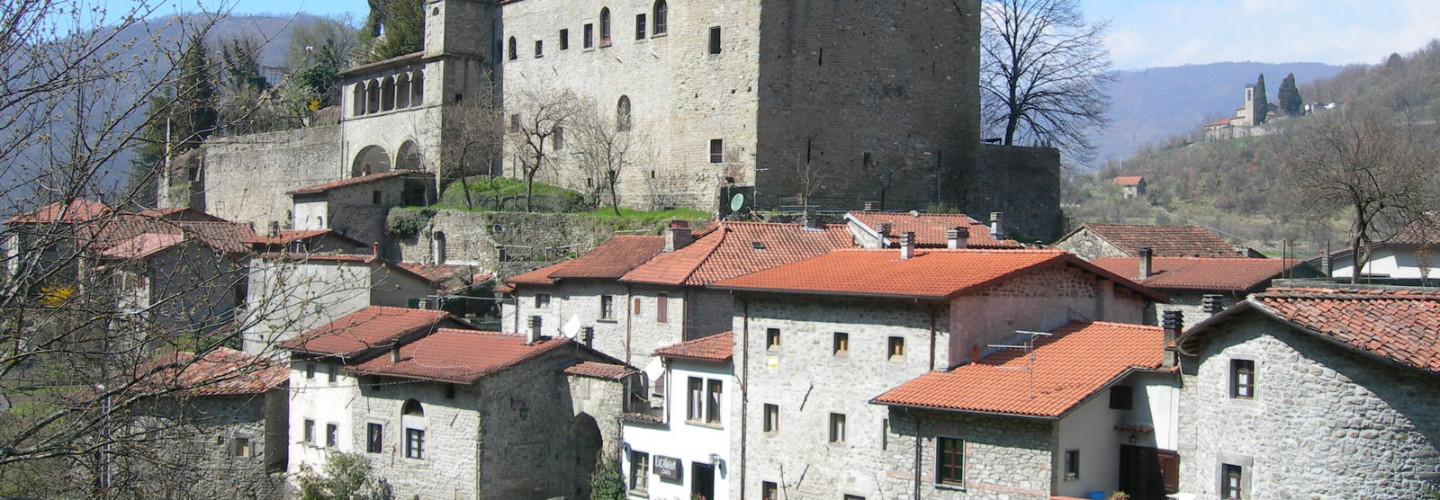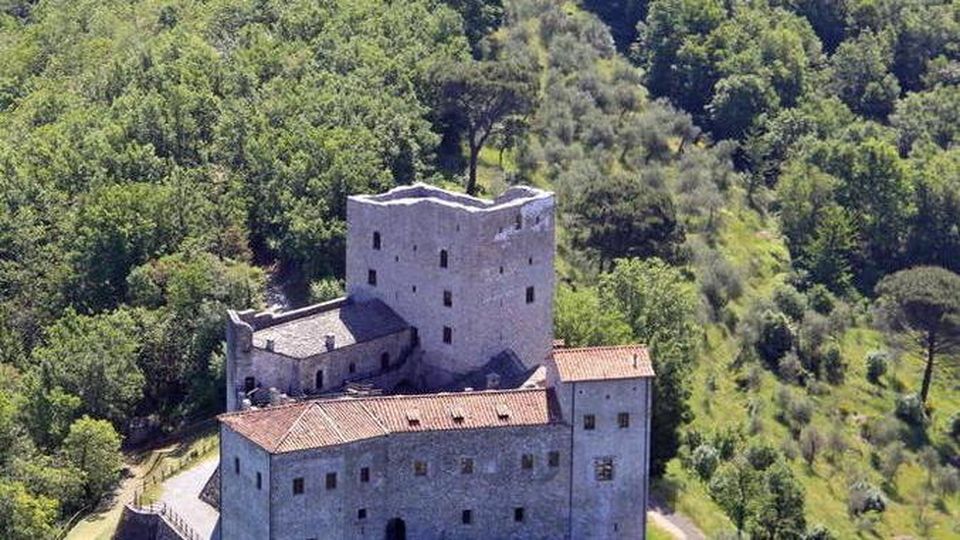Known for its history, folklore and strong humanistic culture, Fivizzano is one of the most interesting towns in the Lunigiana. Thanks to its unique characteristics, it’s had many nicknames over the course of centuries: “Celebrated land,” “ the town with beautiful windows,” “beautiful corner of Florence” and “Athens of the Lunigiana”. The town was founded and developed thanks to its role as a rest stop, fundamental before taking on the mountain crossing that divides – not far from here – the road between Lucca and Parma (the historic Via Nuova Clodia).
Read the story of Fivizzano on logo toscana ovunque bella Fivizzano – Lovers and prisoners in the Florence of Lunigiana – Tuscany, Beautiful Everywhere Fivizzano Lovers and prisoners in the Florence of Lunigiana The story of Count Giuseppe Maria Felicini and Don Rodrigo di FivizzanoRead the story
In the Middle Ages, Fivizzano was home to the Verrucola Castle, expanded in the first half of the 14th century by Spinetta Malaspina and which can still be seen today on the hill in front of the town. Governed by the Malaspina for centuries, the village passed into the hands of Florence in 1477, for whom this area – surrounded by the Republics of Lucca and Genoa, the Duchies of Massa Carrara. Parma and Modena and the Marquisate of Fosdinovo – became a strategic centre and an important meeting place for commercial exchanges.
In the town’s splendid historic centre, visitors can see the defense walls built by Cosimo de’ Medici in 1540, as well as the Palace and tomb of the Arcadian Labindo and the beautiful Baroque fountain from 1683, built on the commission of Cosimo III. The large Piazza Medicea is still the centre of life in Fivizzano today, with the provostorial church that was restored after it was severely damaged by a major earthquake that hit the city in 1920.
It may be surprising to learn but Fivizzano hasn’t played a minor role in Italy’s humanistic culture. This is where Jacopo da Fivizzano opened one of the first print houses in the entire country, where the first typewriter ever built was created and used. He’s honoured in the town with the Museum of Printing, housed inside the Palazzo Fantoni, a historic noble residence recovered by the famous Fivizzano-born doctor and writer, Loris Jacopo Bononi. The Accademia degli Imperfetti played an important role in the cultural history of the town. The institution was founded in the 1500s and operated with enthusiasm until the mid-1800s; they were responsible for building the Teatro degli Imperfetti – inaugurated in 1807 and fitted with 600 seats. Lovers of literature shouldn’t miss a visit to the Augustinian complex, with its library, home to a beautiful collection of works coming from the adjacent church; the hospice and, outside, the bronze monument that celebrates the Fivizzano origins of Nicholas V, the pope responsible for creating the Vatican Library.
Just outside the town centre, visitors can admire the Verrucola Castle, built by Spinetta Malaspina and today the residence of the sculptor Pietro Cascella. Once in this area, a visit to the Parish Church of San Paolo di Vendaso is a must, as is one to the village of Soliera, home to the sanctuary of the Madonna dei Colli, and the charming hamlets of Gragnola, Vinca (high up in the Apuans and with unparalleled bread) and Ceserano (known for the farm and vineyards belonging to Conte Picedi-Benettini). The large territory of Fivizzano is also called the “land of one hundred villages” and among these, it’s worth mentioning Equi Terme, a renowned thermal resort with stunning grottos.
Fivizzano is the ideal destination for nature lovers as most of the area is located inside the Appennino Tosco-Emiliano National Park and the Apuan Alps Park. For those who like parks, the Botanical Gardens in Frignoli could be of interest, as would a visit to the mountain village of Sassalbo (the headquarters of the National Park).
For those interested in folklore, visit Fivizzano in the summer, when the town celebrates an exemplary medieval tournament. The origins of the event date to 1571, when Piazza Medicea was the site of a unique challenge between archers from the Terra neighbourhood and those from the neighbourhoods of Guardia, Verrucola, Fittadisio and Montechiaro: the duel consisted of launching an arrow that had to hit a target 30 metres away. Since 1971, this historic tradition has been re-enacted every July, under the name Disfida fra Arcieri di Terra e Corte. This is also when, against the backdrop of the flag-draped town, there’s a fun parade with over 300 people in 16th-century costume, accompanied by flag-throwers, musicians and knights. [from www.visittuscany.it]






